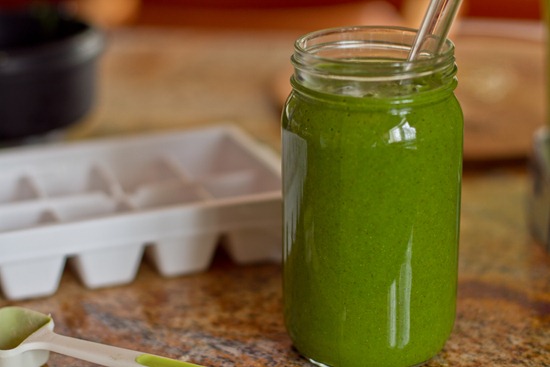Let’s start with an overview. I could throw in my own opinions, experiences and ideas on the topic of molecular gastronomy, but to be honest they aren’t completely formed. I, like many other diners, am new to this modern cuisine (new to it, but all the while intrigued) and haven’t experienced enough of it to pass judgment.
What I can tell you about molecular gastronomy are the facts. It’s defined as “A style of cooking in which scientific methods and scientific equipment are used. This type of cooking examines, and makes use of, the physical and chemical reactions that occur during cooking." (
about.com). But which methods are these? Which pieces of equipment are used? Which additives manipulate these reactions?
To answer these questions to their fullest, you’d probably need a five-part, 2,438 page book about the topic. Fortunately there is such a book!
Modernist Cuisine is the new ultimate guide to modern/molecular gastronomical cooking techniques; and by the way, it costs $625. But I haven’t the money nor the time for such a book, and perhaps neither do you. The point is that molecular gastronomy is a very exhaustive topic, and going for it all in one article would be overreaching.
Here are some of the basics:
Sodium Alginate and Calcium Chloride: Sounds tasty, huh? Actually, they’re flavorless, all natural, and can be used in the spherification of foods. Sodium alginate is “a salt extracted from the viscous liquid from the cell wall of brown algae". (
Molecular Gastronomy Network). Calcium chloride “is obtained as a byproduct of the manufacturing of sodium carbonate [baking soda]". (
Molecular Gastronomy Network). One of the coolest recipes I discovered using these two additives, was a recipe for
Mango Ravioli, which to me seemed more like a mango egg yolk. Basically, sodium alginate is mixed with a mango puree and then dipped into a bath of calcium chloride and water. When dropped in the bath, the sodium alginate reacts with the calcium chloride to create a surface gel around the mango puree. There you have it, a gel capsule filled with tasty mango puree. Put it in your mouth, bite down, and boom, a gush of mango.
Tapioca Maltodextrin: This turns fatty items, such as peanut butter, caramel or olive oil, into powders. Tapioca maltodextrin is a sugar obtained from tapioca and then dried into a powder itself (
Molecular Gastronomy Network). Making
olive oil powder is very easy: Take tapioca maltodextrin, mix it with olive oil in a food processor, and then pass through a tamis (basically a strainer). Once made, it can be served as a condiment, used as flavoring or used for texture. I’ve never made it, but it seems really easy and I can’t wait to experiment.
To me, these three additives embody the entire character of this style of cooking. By changing the physical properties of ingredients, a whole new world of creativity is opened up, and many chefs have taken notice. It seems that this style of cooking is constantly becoming more mainstream. Already, chefs have gained fame by running restaurants that base their entire menu on dishes primarily made with molecular gastronomical techniques. Some of the most famous restaurants are:
Wylie Dufresne’s WD-50 in New York City,
Homaru Cantu’s moto and
Grant Achatz’s Alinea in Chicago, and
Ferran Adrià’s El Bulli in Roses, Spain. I’d have to imagine that dining at one of these restaurants would be more of an overall experience than a dinner.
Craving more molecular gastronomy? Ian Rosoff recently wrote an article about El Bulli.




